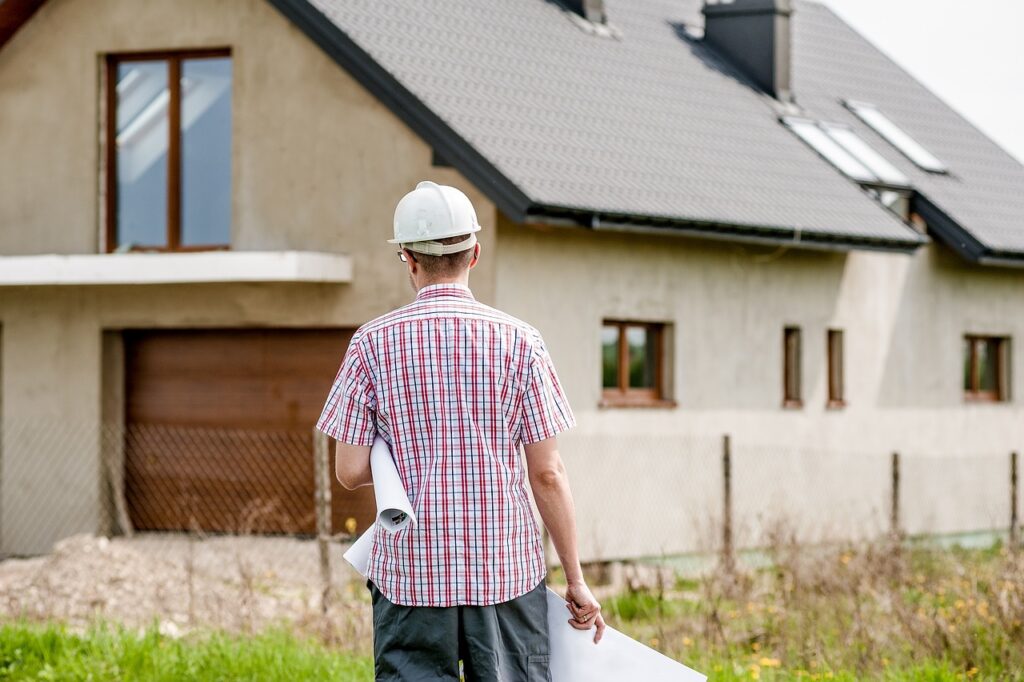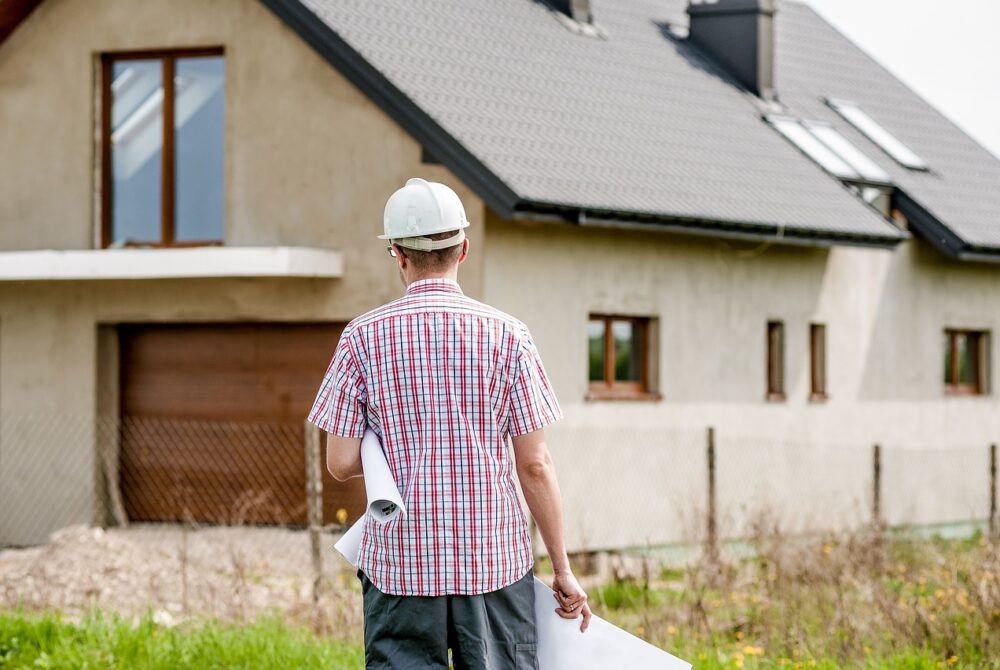Buying a home is a significant investment, and ensuring that the property is in good condition is crucial. A home inspection is an essential step in this process, providing a detailed assessment of the home’s structure and systems. As a buyer, knowing what to look for during a home inspection can help you make an informed decision and potentially save you from costly repairs down the line. Here’s a guide to what you should focus on during a home inspection.

1. Structural Integrity
Foundation: Check for cracks in the foundation walls or floors, as these can indicate serious structural issues. Minor cracks can be typical, but large gaps may signal significant problems.
Walls and Ceilings: Look for signs of bowing or sagging, which could indicate structural damage or settling issues.
Roof: Inspect the roof for missing or damaged shingles, signs of leaks, and the condition of the gutters and downspouts. Roof repairs or replacements can be expensive, so it’s important to identify any issues early.
2. Electrical System
Wiring: Ensure that the electrical wiring is up to code. Old or faulty wiring can be a fire hazard and may need to be replaced.
Panel and Breakers: Check the electrical panel for any signs of overheating or wear. Ensure that the breakers are functioning correctly and are appropriately labeled.
Outlets and Switches: Test outlets and switches to make sure they are working properly. Be on the lookout for any signs of electrical shorts or faults.
3. Plumbing System
Pipes and Fixtures: Look for leaks, corrosion, or outdated piping materials. Pay attention to water pressure and the functionality of faucets, showers, and toilets.
Water Heater: Check the age and condition of the water heater. Look for signs of rust or leaks, and note whether the heater is properly sized for the home.
Sewage and Drainage: Inspect for proper drainage and look for any signs of sewage backups or blockages.
4. HVAC System
Heating and Cooling Units: Ensure that the heating and cooling systems are in good working order. Check the age of the units, and ask about their maintenance history.
Ductwork: Inspect the ductwork for signs of leaks, insulation issues, or blockages. Properly functioning ducts are essential for efficient heating and cooling.
5. Insulation and Ventilation
Attic and Walls: Check the insulation in the attic and walls. Proper insulation helps with energy efficiency and comfort.
Ventilation: Ensure that the home has adequate ventilation in the attic, basement, and crawl spaces to prevent moisture buildup and mold growth.
6. Pest and Insect Issues
Signs of Infestation: Look for evidence of termites, rodents, or other pests. Pests can cause significant damage to a home’s structure and can be costly to eradicate.
Preventive Measures: Check for measures in place to prevent pest infestations, such as screens, seals, and proper waste management.
7. Exterior Elements
Siding and Paint: Inspect the condition of the siding and paint. Look for signs of damage, rot, or wear that may need attention.
Windows and Doors: Check the seals and functionality of windows and doors. Properly sealed windows and doors help with energy efficiency and security.
Landscaping and Drainage: Evaluate the grading around the home to ensure proper drainage away from the foundation. Poor drainage can lead to water damage and foundation issues.
8. Safety Features
Smoke and Carbon Monoxide Detectors: Ensure that smoke and carbon monoxide detectors are installed and functioning correctly.
Stairways and Railings: Check that stairways and railings are secure and up to code to prevent accidents and injuries.
Conclusion
A thorough home inspection is critical for identifying potential issues and ensuring that your investment is sound. By focusing on these key areas and the ones you identify along the way, you can gain a comprehensive understanding of the home’s condition and make an informed decision. If you have any doubts or concerns during the inspection, don’t hesitate to ask the inspector for clarification. Remember, it’s better to address potential problems before finalizing your purchase than to face unexpected repairs later!

